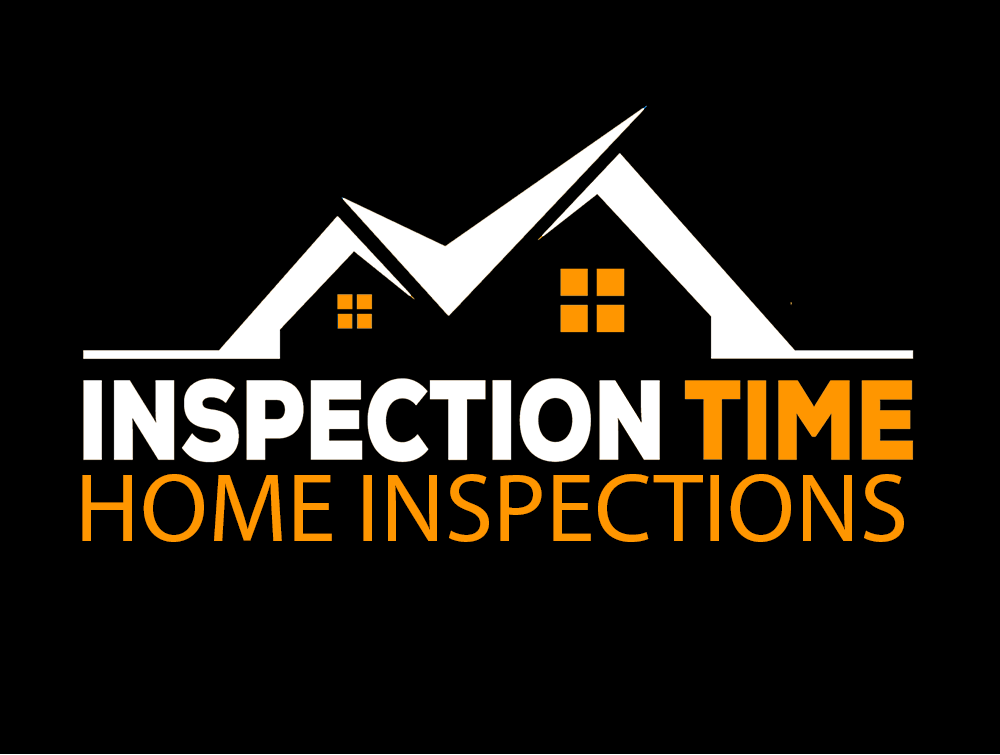by: Aaron Davis | Inspection Time
Designing and constructing an energy-efficient home that aligns with the myriad considerations faced by home builders can pose a challenge. However, at InterNACHI, we maintain the belief that any architectural style can be adapted to require relatively minimal energy for heating and cooling while ensuring comfort. Facilitating collaboration between architects and builders to incorporate enhanced designs and construction methods has become more accessible. Although a variety of design options exists, they all share common features: a high R-value, a meticulously sealed thermal envelope, controlled ventilation, and reduced heating and cooling expenses.
While certain designs may incur higher construction costs, none necessarily has to be excessively expensive to build. Recent advancements in building components, construction techniques, and heating, ventilation, and cooling (HVAC) systems enable the seamless integration of modern energy-saving concepts into diverse house designs without compromising comfort, health, or aesthetics. The following explores the key elements of energy-efficient home design and construction systems.
The Thermal Envelope The “thermal envelope” encompasses everything in the house designed to shield the living space from the external environment. This includes wall and roof assemblies, insulation, windows, doors, finishes, weather-stripping, and air/vapor-retarders. Specific considerations within these areas are detailed below.
Wall and Roof Assemblies Various alternatives to conventional “stick” (wood-stud) framed wall and roof construction have gained popularity. These options include:
- Optimum Value Engineering (OVE): This method strategically uses wood where it is most effective, reducing costly wood usage and creating space for insulation. However, precise workmanship is crucial due to limited room for construction errors.
- Structural Insulated Panels (SIP): Typically, plywood or oriented strand board (OSB) sheets are laminated to a foam board core, ranging from 4 to 8 inches thick. As SIP serves as both framing and insulation, construction is faster than traditional methods, with often superior quality.
- Insulating Concrete Forms (ICF): Comprising two layers of extruded foam board (inside and outside the house), ICFs act as the form for a steel-reinforced concrete center. This technique is the fastest and least prone to construction errors, resulting in robust buildings that surpass code requirements for tornado- and hurricane-prone areas.
Insulation
An energy-efficient residence boasts significantly higher insulation R-values than the minimums mandated by local building codes. For instance, a typical house in New York might feature irregularly installed R-11 fiberglass insulation in exterior walls and R-19 in the ceiling, with the possibility of uninsulated floors and foundation walls. In contrast, a well-designed and constructed energy-efficient house would exhibit insulation levels ranging from R-20 to R-30 in walls (including the foundation) and R-50 to R-70 in ceilings. Meticulously applied insulation materials like fiberglass batt or roll, wet-spray cellulose, or foam insulation ensure complete filling of wall cavities.
Air / Vapor Retarders
Air and vapor retarders, although sometimes serving a similar purpose, vary in design and installation based on climate and construction methods. Regardless of location, preventing water-vapor condensation is crucial for a home’s structural integrity. In cold climates, pressure differentials may drive warm, moist indoor air into walls and attics, leading to condensation. Similar issues occur in southern climates but in reverse. Effective moisture control involves a well-designed thermal envelope and construction practices that allow any infiltrated water vapor to escape. The “airtight drywall approach” and the “simple CS” system utilize nearly airtight interior sheet materials and carefully sealed exterior foam board and/or plywood to manage air and water-vapor movement.
Foundations and Slabs
Foundation walls and slabs should match or exceed the insulation levels of living space walls. Uninsulated foundations negatively impact energy use and comfort, especially if lower house levels are utilized as living space. Insulating foundation walls and basement floors can enhance the heating efficiency of appliances that emit heat as a by-product.
Windows
Windows contribute significantly to heat loss, with over 25% of a typical home’s heat escaping through them. Energy-efficient homes in heating-dominated climates should limit north, east, and west-facing windows, keeping window area to 8-9% of floor space. In cooling-dominated climates, windows should have low solar heat-gain coefficients. Well-designed roof overhangs for south-facing windows prevent overheating. Awning and casement windows are more effective for sealing, while metal frames should be avoided, especially in cold climates.
Air-Sealing
A precise and thorough approach to insulating and sealing is crucial for a well-constructed thermal envelope, significantly reducing energy loss. Effective air-sealing can slash utility costs by up to 50%, making accurate heating/cooling system sizing challenging.
Controlled Ventilation
A tightly sealed energy-efficient home necessitates deliberate and controlled ventilation. Mechanical ventilation reduces air moisture infiltration, promoting indoor air quality and preventing structural damage from excessive moisture. Carefully engineered ventilation systems are vital to address depressurization risks and potential back-drafting of natural-draft appliances. Heat-recovery ventilators (HRV) or energy-recovery ventilators (ERV) salvage energy from exhaust air, enhancing ventilation in tight homes. Other ventilation options, like through-the-wall and “trickle” vents, may be suitable in specific climates but lack energy-recovery features.
Heating and Cooling Requirements
Homes incorporating the aforementioned features typically demand smaller heating systems, often less than 50,000 BTUs per hour, even in colder climates. Some homes rely on sunshine as the primary heat source, while common choices for auxiliary heating include radiant in-floor heating from a standard gas-fired water heater, a small boiler, furnace, or electric heat pump. Appliances emitting “waste” heat can also contribute significantly. Options like masonry, pellet, and wood stoves are available, but caution must be exercised to prevent back-drafting. For air conditioning needs, a small unit (around 6,000 BTUs per hour) may suffice. Some designs leverage a large fan and cooler evening air to cool the house, keeping it comfortable until the following evening.
Beginning a Project
Homes incorporating the described features offer numerous advantages. They provide enhanced comfort with stable interior wall temperatures due to additional insulation. Better control over indoor humidity and reduced drafts contribute to a more pleasant living environment. The tightly sealed air/vapor retarder minimizes the risk of moisture and air infiltration. These houses are quieter, thanks to the extra insulation and tight construction.
However, there are potential drawbacks. They may incur higher costs and take longer to build, especially if builders and contractors are unfamiliar with energy-saving features. Despite structural similarities to conventional homes, resistance to deviation from established practices may necessitate education and training. Thicker walls in some systems might require a larger foundation for equivalent floor space.
Before commencing a home-building project, a thorough assessment of the site and its climate is crucial to determine optimal design and orientation. Familiarity with energy-related software programs can be beneficial. Prepare a design that considers insulation levels, moisture dynamics, and aesthetics. Choices regarding windows, doors, and HVAC appliances are pivotal to efficient design. Evaluate costs, ease of construction, builder limitations, and building code compliance. Some schemes are simpler and more cost-effective, while others may be more intricate and expensive.
An increasing number of builders are participating in federal programs like Building America and Energy Star Homes, promoting energy-efficient houses. Many builders engage to distinguish themselves and, while construction costs vary, the primary benefits include superior comfort and lower operating costs, directly impacting real estate market value.




